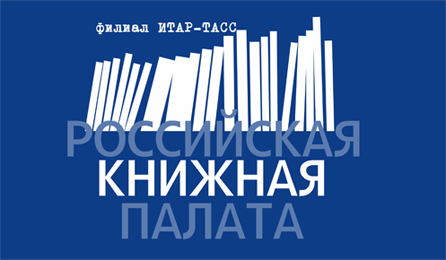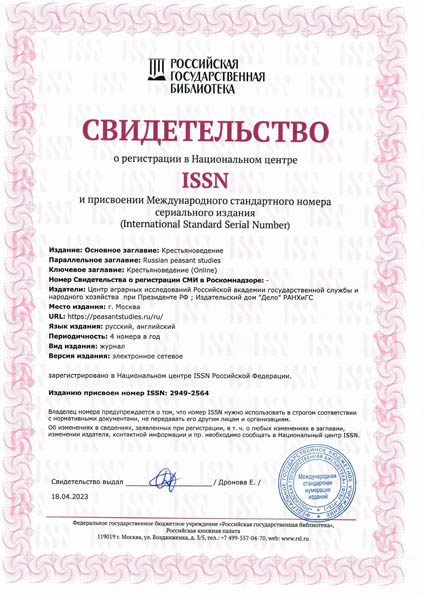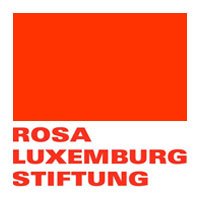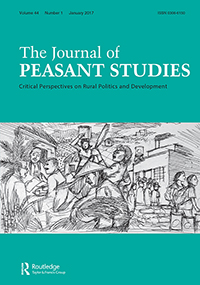Urban population of the Jewish Autonomous Region in the historical dynamics of the late 1980s–2010s
Nov 25 2022Breslavsky A. S. Urban population of the Jewish Autonomous Region in the historical dynamics of the late 1980s–2010s // The Russian Peasant Studies. 2022. V.7. №3. P. 151-173.
DOI: 10.22394/2500-1809-2022-7-3-151-173
Annotation
The article focuses on the current demographic development of the urban settlements network in the Jewish Autonomous Region under its ongoing deindustrialization and the revision of the strategy of its social-economic development. Based on the results of the All-Union census of 1989, data of the All-Russian censuses and special surveys, the author describes the demographic crisis of all urban settlements in the region: 2 cities and 12 workers’ settlements. The high dependence of settlements on the local city-forming industrial enterprises and their insufficient infrastructural development in the Soviet and post-Soviet periods determined the current demographic crisis. During the period under study, the population in 8 workers’ settlements decreased by more than a third (in each), in 4 — by more than a half. The population of the city of Obluchye decreased by a third, of the capital city Birobidzhan — by 15%. Today, this demographic crisis is determined by the sustainable trends of the natural population decline and by the out-migration in the 1990s–2010s, which the region will not be able to overcome on its own in the coming decades. Despite the attempts of the regional authorities to implement new development strategies, regional settlements continue to experience a demographic crisis.
Keywords
Far East, Jewish Autonomous Region, urban history, urbanization, cities, urban population, Birobidzhan.
About the author
Breslavsky Anatoly S., PhD (History), Senior Researcher, Laboratory for Historical Geography and Regionalistics, Tyumen State University; Lenina St., 23, Tyumen, 625003, Russia.
E-mail: This email address is being protected from spambots. You need JavaScript enabled to view it.
Breslavsky A.S. “Suburban Revolution”: The regional case (Ulan-Ude) // The Russian Peasant Studies. 2017. V.2. №1. pp. 90-101.
DOI: 10.22394/2500-1809-2017-2-1-90-101
Annotation
The author considers the processes of suburban growth in major Russian cities that becomes more and more visible, and at the same time has much in common with the processes of development of other large cities in post-socialist countries. The driving forces of the so-called “post-socialist suburban revolution” in Russia determined by the rapid growth of private housing construction on the periphery of the capital cities are similar to those typical for Eastern European countries. They are as follows: the prolonged housing crisis, restrictions on the private property and private housing construction in the Soviet period, degradation of the social infrastructure in central districts of the cities in the 1990s, liberalization of distribution and developing of urban and suburban areas, in-migration from rural areas — all these factors have a significant impact on the growth of cities with a million-plus population as well as on smaller regional capitals. The growth and development of the suburban zone of Ulan-Ude — the capital of the Republic of Buryatia — quite fit into this “post-socialist context” though with important regional features related to local housing traditions, level of income, character of rural-urban migration, etc. The key directions of growth of the inner and outer suburbs of Ulan-Ude are as follows: wooden low-rise housing construction, transformation of dachas into places of year-round accommodation, construction of cottages and townhouses, high-rise housing construction, development and reconstruction of suburban villages. The suburban area of Ulan-Ude has mono-functional character (residential areas) for the industrial and commercial construction and social and public infrastructure are still poorly developed, which determines the rural-urban look of the suburban micro-districts.
Keywords
suburbs, urbanization, suburbanization, Ulan-Ude, segments of housing development, social geography
About the author
Breslavsky Anatoly S., Research Fellow, PhD (History), Institute for Mongolian, Buddhist and Tibetan Studies, Siberian Branch of the Russian Academy of Science. Address: 6, Sakhyanovoi St., Ulan-Ude, 670047, Russian Federation.
E-mail: This email address is being protected from spambots. You need JavaScript enabled to view it.





















